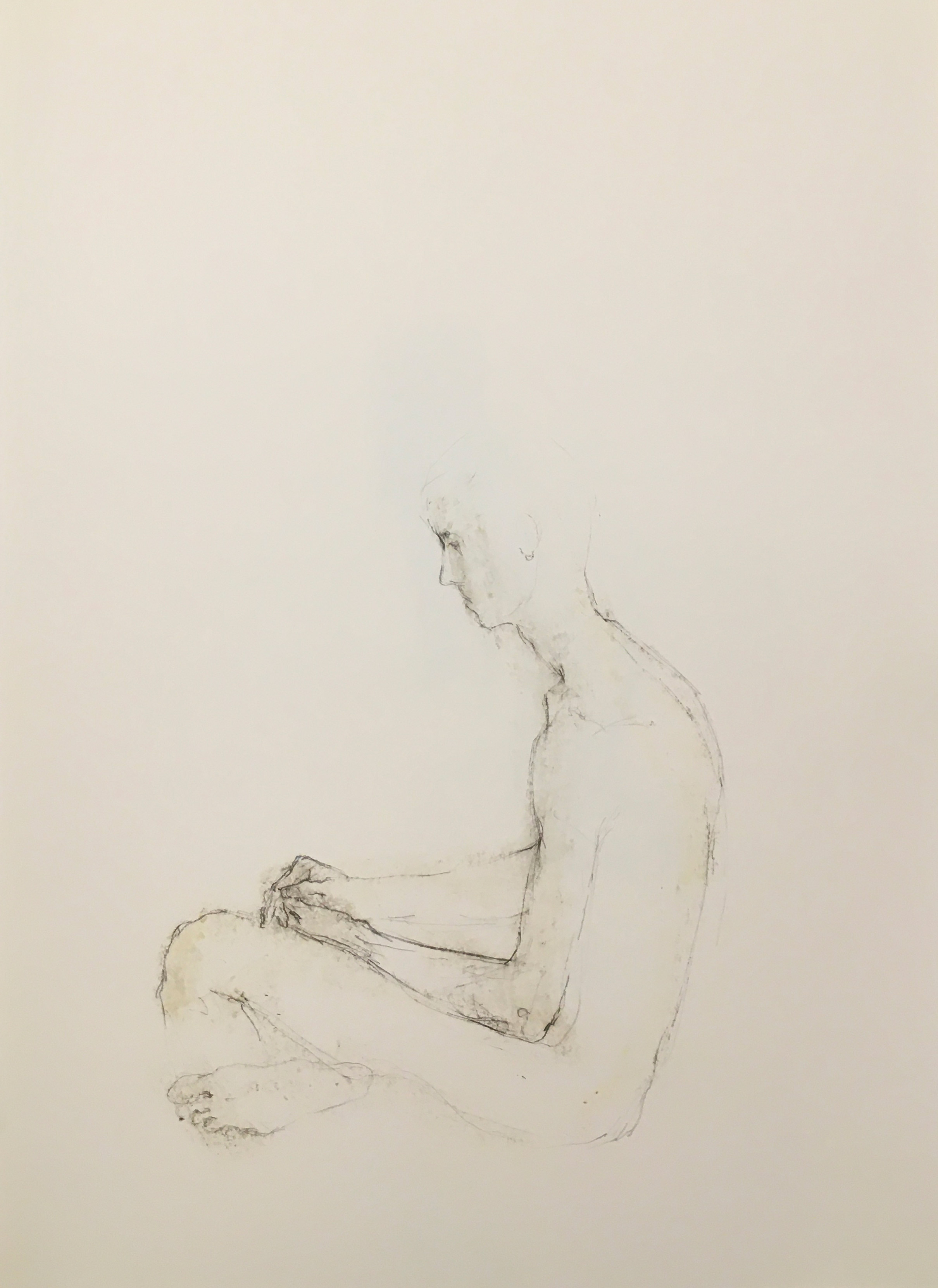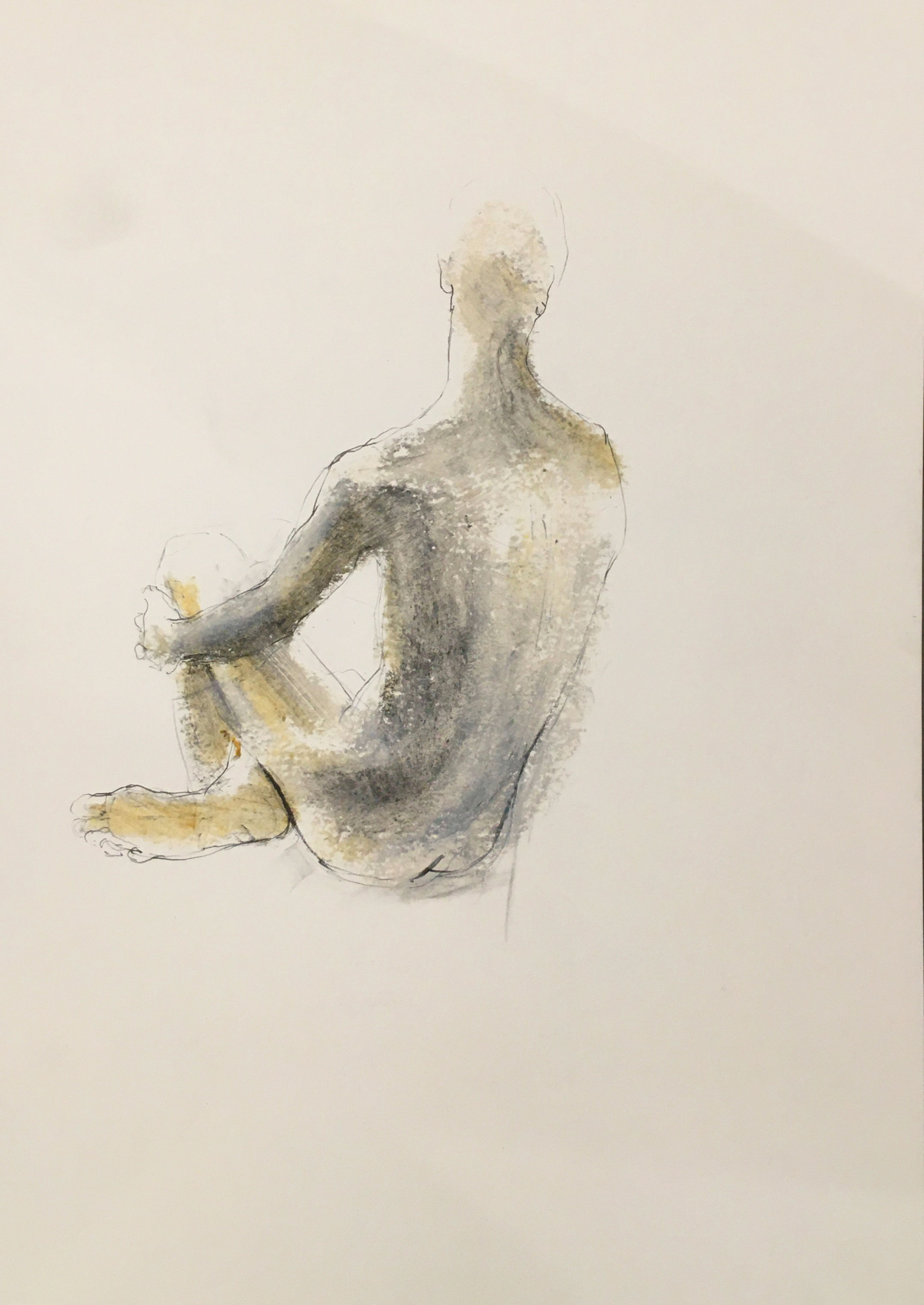This online presentation of works by Bruno Walpoth and Alex Rane opened in parallel with the artists exhibition on view from July 4 – August 10, 2020 at the Accesso Galleria, via del Marzocco 68/70, Pietrasanta, Italy.
The two sculptors in the show “I will come out again”, Bruno Walpoth and Alex Rane, share the idea that through their art they present their energies, histories, spirituality and ultimately themselves. Both artists are channeling themselves into their works: whether it is a solitary moment or an expansive life of experiences and emotions, it is they who are there, inside these sculptures. But it is we the viewers who allow the artist to emerge only when we interact with their works, when we recognize ourselves in them, our own emotions and stories…we allow these two artists to “come out again.”
“I will come out again” presents two contemporary figurative sculptors working in a reductive manner. Walpoth’s sculptures, primarily in wood, are static and remote yet their charisma makes us want to know them, to know what they are thinking. It is their stillness that attracts us. Rane’s sculptures in marble pose expressively; their curving bodies and tilted heads openly express ranges of emotions.
The artists share the desire for their art to be more than simply the final sculpture itself. Rane states, “The goal is not perfection, rather it is an attempt to derive meaning from the world.” Walpoth echoes this sentiment and says “I do not want to portray a precise individual, but to represent a more general being.”
A further commonality is their inherent belief of putting of themselves into the works. As Walpoth has said, and it is a sentiment shared by Rane, “I have the impression that the more time I dedicate to a sculpture, the more energy gets inside it.” It is precisely this energy of the artists coupled with the interaction of the viewer that allows them to “come out again.”
Walpoth poses his sculptures in a very static manner with very little movement and simple facial expressions. His desire is that this lack of information focuses the viewer on a specific moment. There is no narrative; Walpoth is not telling a story, rather, he is sharing a moment. As he explains, “What deeply interests me is the moment when a model… is absorbed in his thoughts and becomes almost absent … . In my works I try to fix this moment because it is the most intimate in every human being, when one gets lost in a secret dimension, entirely personal.” It is in the result then, Walpoth continues, in the finished sculpture, where “the observer cannot see a story or a precise feeling and in the end maybe sees himself.”
Rane takes a different approach and searches for a different result. His sculptures are process-driven; his work is intuitive. Whereas Walpoth does not want to tell a story, Rane wants to communicate with the viewer. As he says “my history, emotions and thoughts find a way into the sculpture through the process of making it and so the result becomes a form of communication.” He concedes that this is “not a very efficient form of communication because it requires some interpretation on the receiving end but it is a form of expressing feelings….”



Walpoth and Rane are engaging the viewer with their art. We as the viewer connect with the stillness of the wood sculpture or the expressive gestures of the marble sculpture. It is by their individual artistic practices, sometimes overlapping and sometimes diverging, that these two artists put their own histories into their work. Then, through the eyes and experiences of we the spectator, when we view the works and are drawn into the figures, these two sculptors “come out again.”


